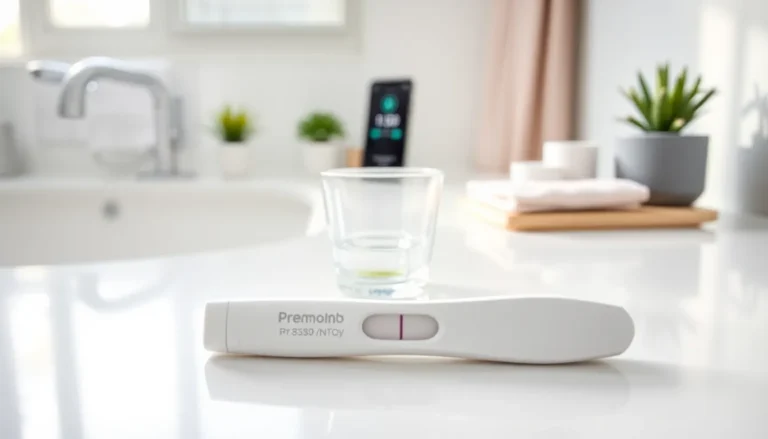Imagine this: you just experienced withdrawal bleeding, and now you’re left wondering about the chances of pregnancy. It’s a common situational conundrum that many encounter. Understanding what withdrawal bleeding really is, and how it can impact the likelihood of conception, is crucial. So, let’s dive deep into this topic and unravel the mysteries of your reproductive system, all while keeping things light and engaging.
Table of Contents
ToggleUnderstanding Withdrawal Bleeding

What Is Withdrawal Bleeding?
Withdrawal bleeding is a term often used to describe the bleeding that occurs after stopping hormonal birth control methods. When individuals discontinue hormonal contraception, their bodies may respond with this type of bleeding. It mimics a menstrual period, yet it isn’t entirely the same. Some might liken it to a reset button for the reproductive system after the influence of hormones that prevent ovulation.
How Is Withdrawal Bleeding Different From Menstrual Bleeding?
While withdrawal bleeding can look like a normal period, there are key differences. Menstrual bleeding occurs as a result of the natural cycle of hormones regulating ovulation and preparing the uterus for pregnancy. In contrast, withdrawal bleeding results from the sudden drop in hormones after stopping birth control. So, while both involve bleeding, their causes and implications are distinct.
Factors Influencing Pregnancy Chances After Withdrawal Bleeding
Timing of Ovulation
The timing of ovulation plays a pivotal role in determining the likelihood of pregnancy after withdrawal bleeding. Typically, ovulation occurs about 14 days before the next expected period. If she experiences withdrawal bleeding and then ovulates shortly thereafter, the chances of conception increase significantly, especially if unprotected intercourse occurs.
Types of Birth Control Methods
Different types of birth control methods can influence the chances of pregnancy after withdrawal bleeding. For instance, hormonal methods like the pill, patch, or IUD can cause a different reaction than non-hormonal methods like condoms. Understanding the specific type used can provide insights into how her body may react post-cessation and can help gauge potential fertility.
Overall Health and Fertility
Another critical factor is her health and fertility. Conditions such as polycystic ovary syndrome (PCOS) or endometriosis can complicate the regularity of ovulation and so affect overall fertility. Maintaining good health through diet, exercise, and regular check-ups can optimize her chances of conception after withdrawal bleeding.
When To Test for Pregnancy After Withdrawal Bleeding
Understanding Pregnancy Tests
It’s essential to know how pregnancy tests work to effectively use them following withdrawal bleeding. Most home pregnancy tests detect the hormone hCG in urine, which indicates pregnancy. But, this hormone needs some time to build up in the system post-ovulation.
Timing of Testing Post-Withdrawal Bleeding
So, when should she take a pregnancy test? Medical professionals usually recommend testing about one week after a missed period or about two weeks after potential conception. Testing too early might lead to inaccurate results due to insufficient hCG levels.


